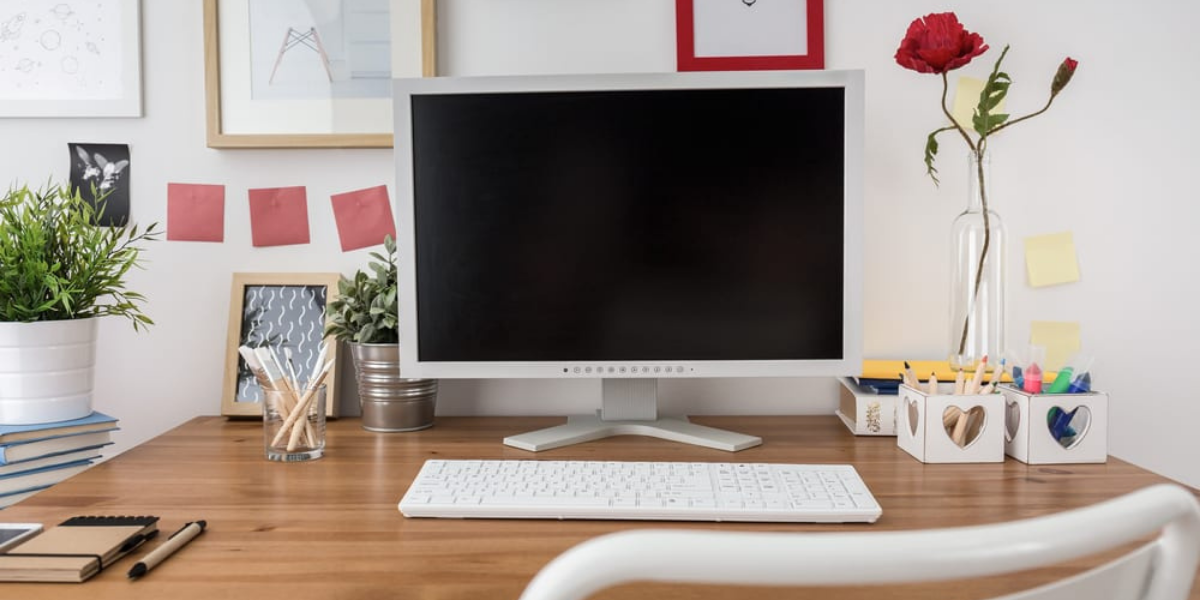The Do's and Don'ts of Renovating Your Workplace
Whether you are looking to move offices, or want to redesign your current space, planning comes first. You have a finite amount of space and you are paying for every inch. It’s in your best interest to utilize every square foot as effectively as possible and ask yourself all the right questions. Before you start rearranging desks, uprooting employees, or changing the overall office energy, you might want to consider our dos and don’ts of basic workplace planning.
Do: Draw Up A Plan
When we refer to a “Space Plan” we don’t just mean a list of items or products or rooms. We are talking about a physical map of the space, a blueprint that shows every room, the room measurements, and all the important defining features. Having a map of your space can help you throughout the planning process, from when you are just starting your redesign to when you are having your new furniture installed.
Don’t: Forget the Small Stuff
It’s easy to overlook the small things in a room you are redesigning, so we encourage you to take a good look around before making any plans. Take a peek under tables and behind filing cabinets for small things you may have forgotten about.
Most often people forget to consider the locations for:
- Electrical Plugs
- Lightswitches
- Trim or other nailed/glued down wall decor.
- Thermostats, security systems, and other keypads or wall panels.
Do: Consider Your Goals
The reason you are redesigning your space is extremely important to think about. Depending on what result you want, you will need to pick out a different layout for each room. Some of the most common goals for reorganization include:
- Business Growth - where more space is made available to accommodate any additional business needs, such as a growing workforce, or a larger showroom for clients.
- Higher Efficiency - incorporating a better structure and system for being organized that is more suitable for the company or team member’s needs.
- Enhanced Culture - giving the workplace a different vibe to influence how both employees and visitors feel about the office (and by extension, the company).
- Total Optimization - it’s completely about better utilizing the space you have by organizing it in a way that will generate higher revenues or by lowering current costs.
Don’t: Leave Employees out of the Loop
It’s also important to consider your team member's needs during this process. Don’t be afraid to ask them their opinions on the space or about things they use most in their daily routines. Having a plan that incorporates your employees' ideas and needs will not only boost workplace morale but will make them feel heard and appreciated. This extends to things that may be required to function, such as ramps for wheelchairs or height adjustable desks for shared workspaces.
Do: Your Research
There are many different types of design concepts for space planning. Don’t start making any purchases until you have taken the time to research these concepts and have decided which one will help you achieve your goals. There will be many pros and cons of each layout depending on your space, so don’t just take some blog's word for it, make sure to consider each concept with your business in mind.
Don't know how to start? Download Our Free Guide to The 6 Most Common Office Layouts
Don’t: Repeat. Repeat. Repeat.
You will want to make sure you diversify the different rooms within whatever concept you choose. You don’t want them to all look the same, or if you are dealing with larger spaces you don’t want to dedicate too much space to a specific concept. This is your opportunity to incorporate some really unique products. Space dividers, privacy pods, and decorative greenery are all amazing ways of changing up the feel of a space without having to change the entire purpose of a room.
Do: Take Advantage of Free Catalogues
Don’t be afraid to browse company catalogues targeting design and idea creation (download our 'Adapting' one here!). They can really help to inspire you and get things started. You can also save the images to help with explaining your design wants and needs if you decide to get an expert involved.
Don’t: Forget About the Budget
Once you have decided on the concepts and planned out the purposes for each space, it will be time to buy some furniture and accessories. Don’t let the beautiful images suck you in, some products can get pricey! A great way to save money is to consider where you can fit current furniture into your plans, so make sure you look at the furniture you already have before ordering. If you’re having a hard time finding a product in your price range contact a sales representative, they can negotiate prices and find alternative less expensive items that will still do the job.
Do: Double-Check Your Order
By this point you should have the plan laid out, the furniture decided on, and the bosses okay to place the order, but before you do you might want to review your work.
Three things to double-check when placing furniture orders:
- Installation - make sure whoever you are ordering from will install the larger furniture and build the structures you have planned out. You don’t want to be stuck with a pile of cubicle pieces on your doorstep.
- Delivery Time - What is the estimated arrival time of your order? If you are constructing a new building or moving to a new office, you don’t want everything to arrive before you are ready to move in. You also don’t want to be stuck waiting a few months for key items either. While delays do happen, so do mistakes, invest some serious time into dotting these i’s and crossing these t’s.
- The Details - Make sure when placing orders that all the information is correct. Measurements, colours, finishes and quantities should all be according to plan, no surprises welcome here.

Don’t: Assume Everyone’s an Expert
While you should be safe to assume that the installation crew is made up of experts, it doesn’t hurt to look at some reviews from past jobs. You want to make sure everything is assembled as planned and placed where it is supposed to go according to your visual layout. This will also help protect your new furniture from any problems. Having the right installation crew there will ensure that you won’t be left with any problems that need fixing or products that need replacing due to negligence.
Overwhelmed? Ask An Expert!
Designing an entire workspace all by yourself can be a daunting task, especially if you are being entrusted with this project by the boss. There is no shame in getting expert advice. Many design and furniture companies offer free consultations, so take advantage! Contact your local furniture experts today to get started on your next project!
Talking to a professional, such as a Furniture Specialist, Architect, or Interior Designer, can help set you at ease. They will walk you through and manage the entire project for you - from space planning to coordinating the delivery and installation of your furniture.

.png)
.png)
